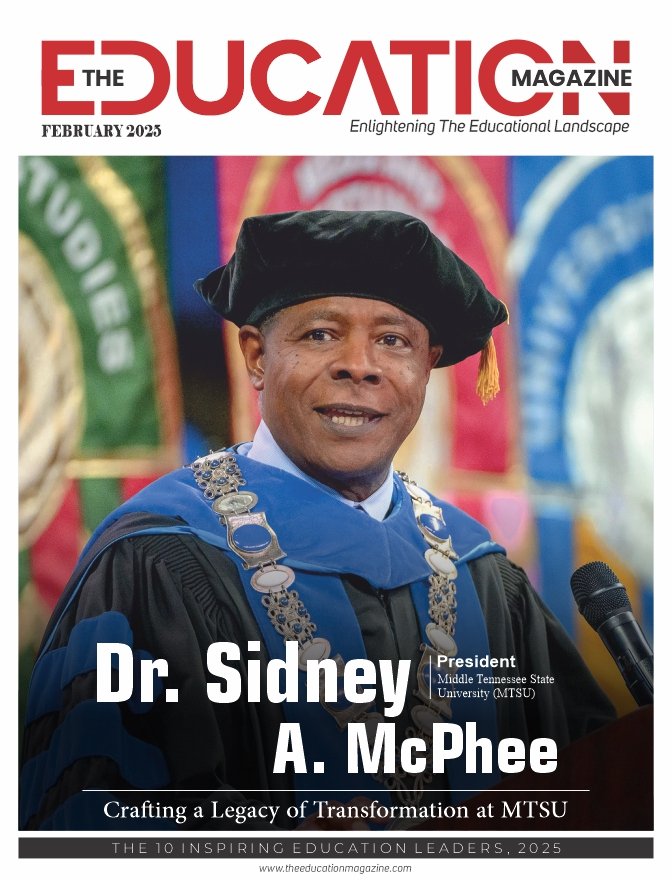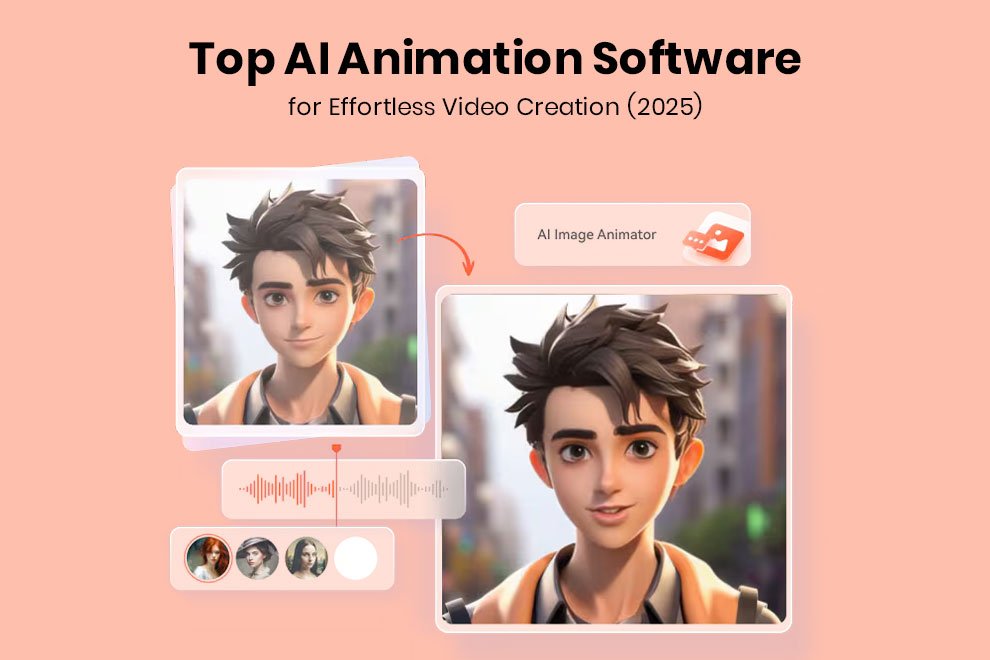The vast majority of edtech tools have been implemented ineffectively
The EdTech Genome Project has reached unanimous consensus on an initial list of ten factors with the greatest influence on whether education technology implementations succeed or fail. The project is a collaborative effort of more than 100 education research and advocacy organizations. The project leads in the upcoming year aims to study these ten variables to help schools and districts make better-informed decisions about selecting and implementing edtech tools that will work well in their contexts.
Each year, more than $13 billion spend on more than thousands of technology tools and products. However, the vast majority of these edtech tools either results in a poor fit or not implemented effectively. The identification of these ten variables is a part of an effort to address this challenge and facilitate more effective use of education technology.
Improving student outcomes
The effectiveness of technology in the classroom depends on factors from school culture to technical capacity to support from school and district leadership. “This is the first-ever effort to understand which of those factors matter the most and how to define them – critical steps in fulfilling the promise of using technology to improve outcomes for all students,” Joseph South, Chief Learning Officer at ISTE and co-chair of the project’s steering committee.
The ten factors as the most important for immediate research are:
- Adoption Plans
- Competing Priorities
- Foundational Resources (Technology Resources, Operational Tech Support, Financial Resources)
- Implementation Plans
- Professional Learning (Development) / Support
- School (Staff) Culture
- Support from School and District Administration
- Teacher Agency/Autonomy
- Teacher Beliefs about Tech/Self-Efficacy & Technological Pedagogical Content Knowledge
- Vision for Teaching and Learning with Technology
Despite the extracted variables, the consensus has been reached to which variable to study first. The project is forming ten national working groups to bring together leading researchers and practitioners with deep experience with each variable. Each working group will spend the next year examining existing evidence to determine how these variables can best be measured.
If implemented well, education technology has the potential to make a dramatic impact on student achievement.










